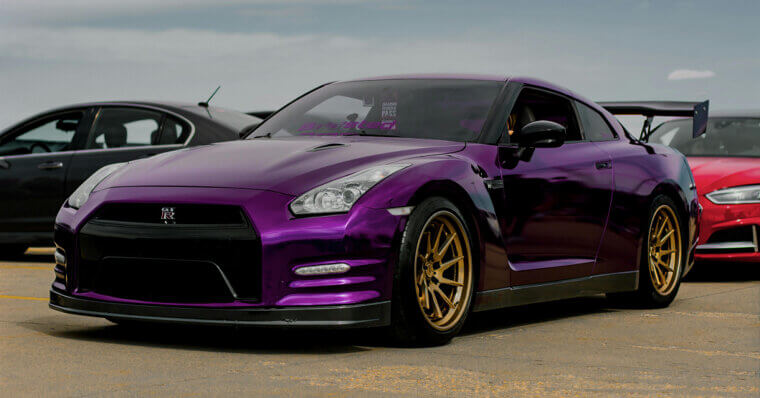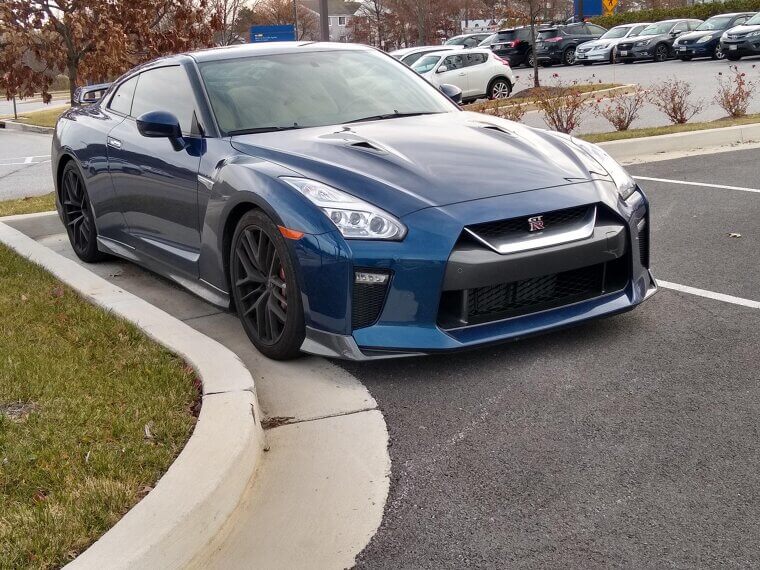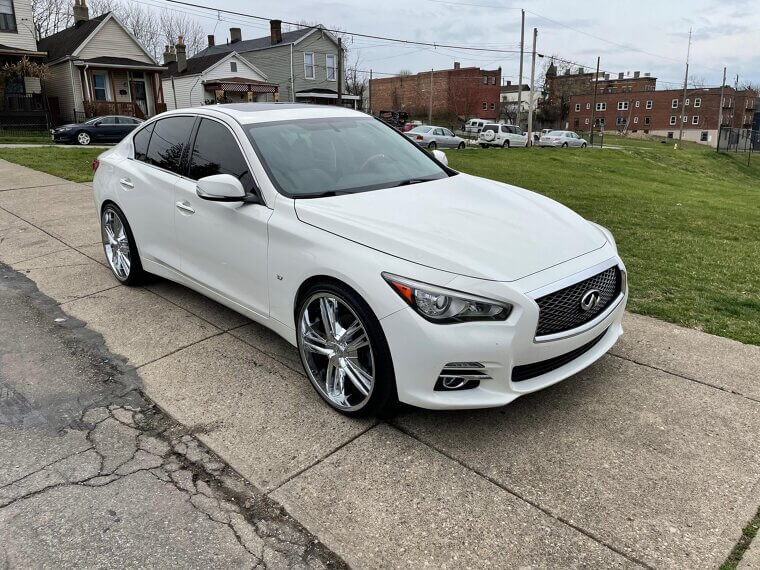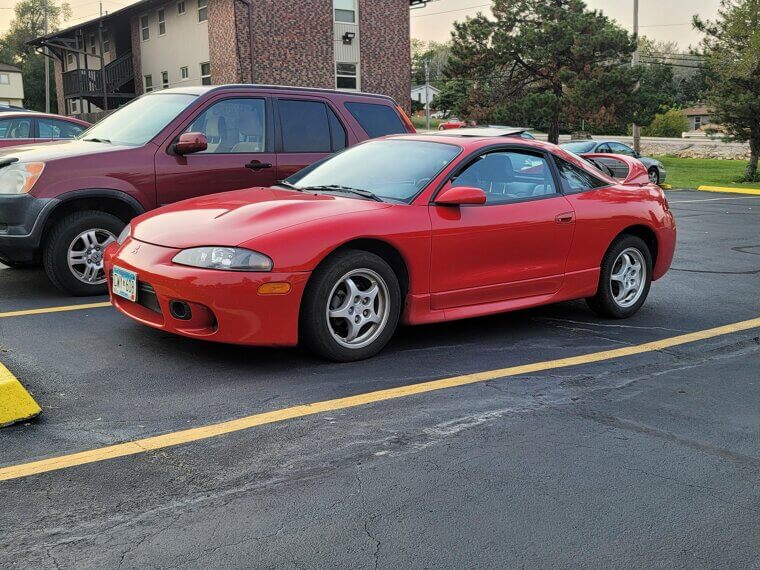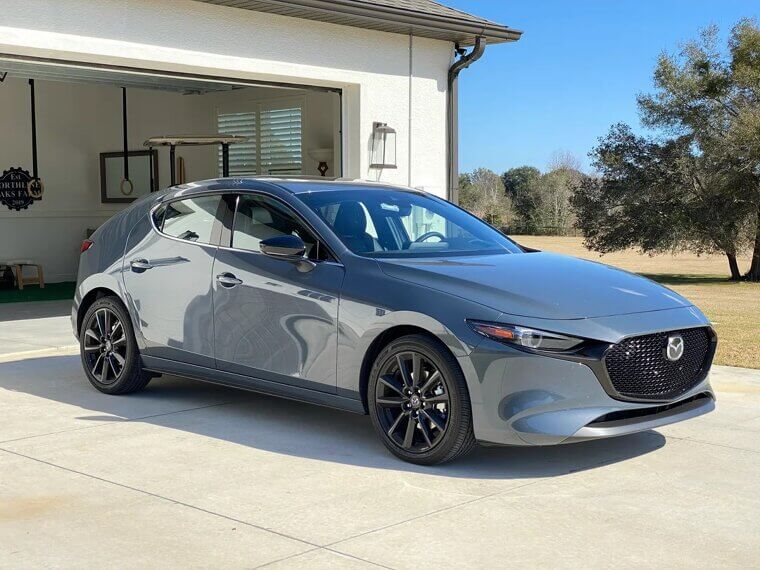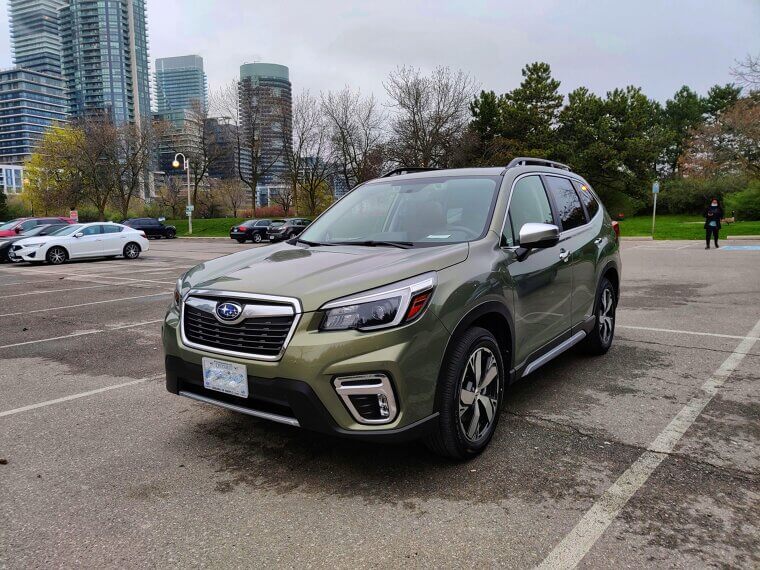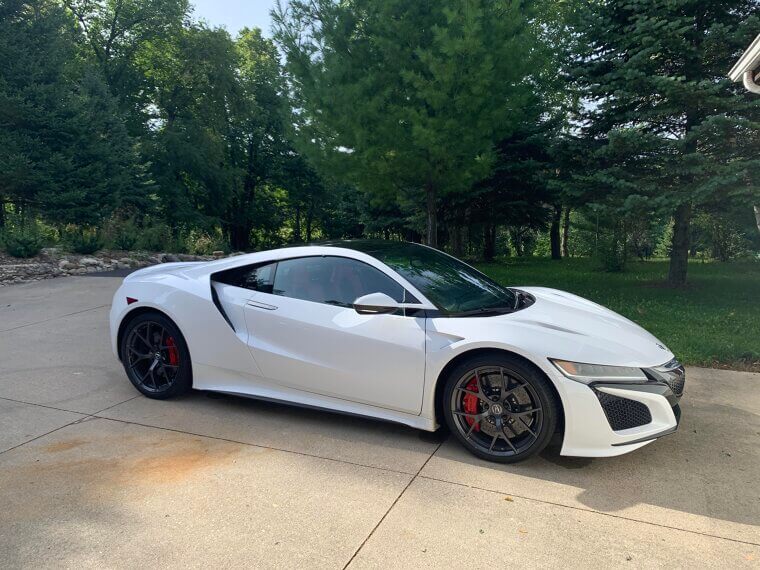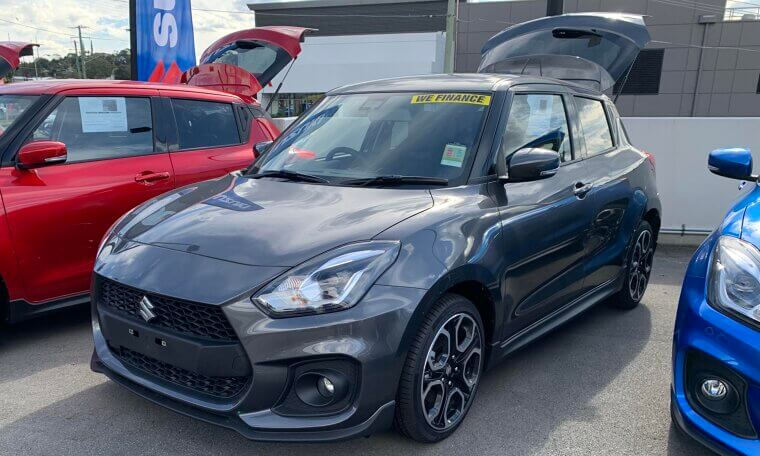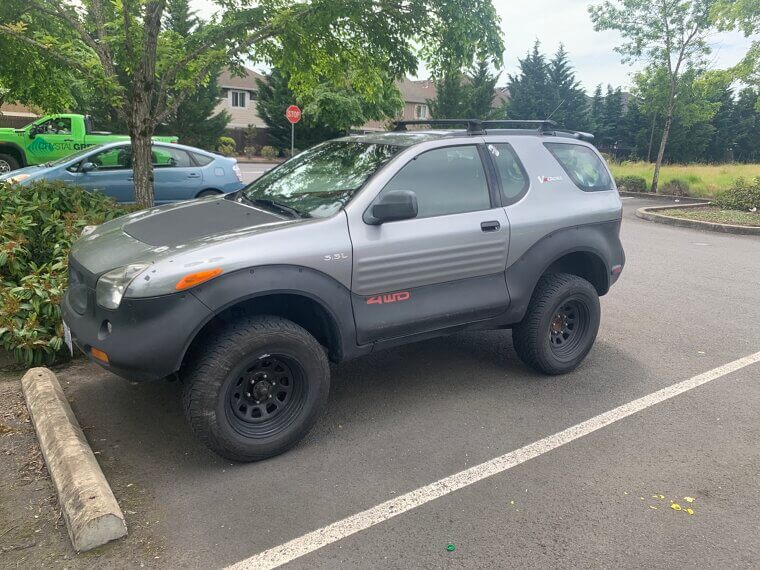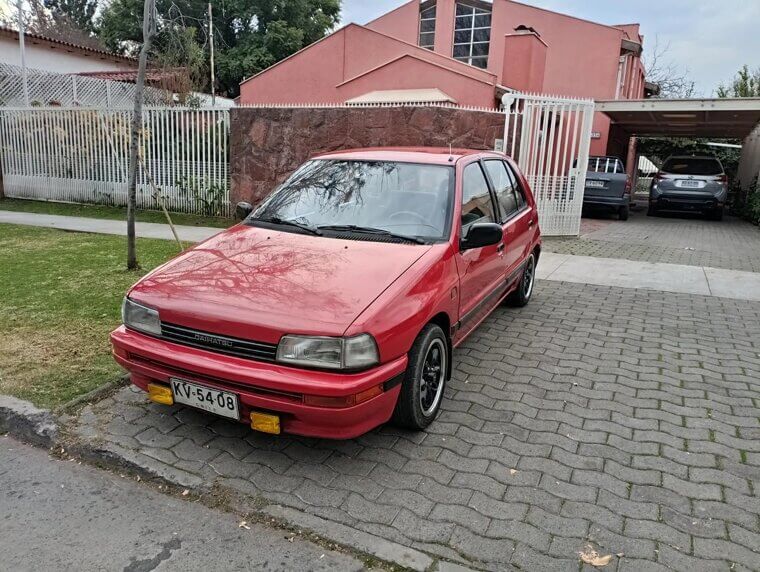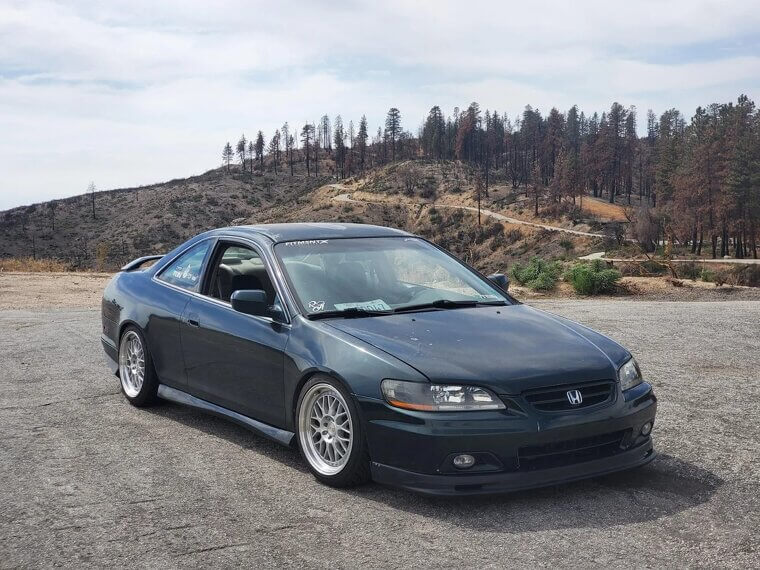Japan's Less-Reliable Car Brands to Keep an Eye on
We love Japanese cars for being reliable. But not every car from Japan is a mechanical masterpiece. Some brands have stalled, sputtered, or just plain disappointed. If you’re car shopping and counting on that legendary Japanese reliability, you might want to steer clear of these not-so-reliable names.
Nissan
Once a symbol of affordable reliability, Nissan has hit some bumps lately. Owners report issues with CVT transmissions, electrical glitches, and inconsistent build quality. While some models still shine, others are rough around the edges.
Infiniti
Infiniti promises luxury but sometimes forgets to deliver on durability. Models often suffer from aging tech, finicky electronics, and costly repairs that come too soon. The reliability scores of this brand have lagged behind those of other luxury Japanese rivals.
Mitsubishi
Mitsubishi used to be a strong contender, but now it’s more known for hanging onto outdated designs and underwhelming reliability. While prices are tempting, buyers often face issues with suspension, transmissions, and general build quality.
Mazda
Mazda nails style and sporty handling, but not every model holds up over time. Some suffer from electrical issues, clutch problems, and poor rust protection, especially older models. While newer Mazdas score better, it’s not a bulletproof brand.
Subaru
Subarus are loved by outdoorsy types, but reliability? Hit or miss. Known for head gasket failures, oil leaks, and CVT issues, older models, especially, can be money pits. The all-wheel drive is great; you’ll need it to get to the mechanic when that check engine light comes on.
Acura
Acura is Honda’s luxury sibling, but it doesn’t always inherit the same reliability gene. Transmission woes and infotainment quirks plague certain models. Repairs can also be more expensive than expected.
Suzuki
Though no longer sold new in the U.S., Suzuki cars still exist and still generate repair complaints. Weak build quality, poor parts availability, and aging components make them a bad buy today. Even when they were new, they lagged behind the competition in reliability. There’s a reason they stopped selling.
Scion
Toyota created Scion to target younger buyers, but some of its models lacked the durability of its parent brand. Interior parts wore out fast, and certain models had engine and transmission issues. Though they were affordable, they weren’t built to last.
Isuzu
Once a player in the SUV and truck world, Isuzu fell off the radar due to reliability issues. Engine troubles, rust, and hard-to-find parts plagued many owners. Even with some rebadged partnerships, the brand struggled to stay afloat in the US for a reason.
Daihatsu
Daihatsu is barely known outside of Japan, but where it did surface, its reputation didn’t sparkle. Tiny engines, basic interiors, and limited durability kept it from gaining real traction. These cars were cheap for a reason and usually needed a little more love (and repairs) than most drivers were willing to give.
Honda (Older Models)
Now, don’t panic, modern Hondas are still awesome. But some early 2000s models, especially the Accords and Odysseys, had serious transmission and engine reliability problems. Slipping gears and expensive repairs marred an otherwise good reputation. While Honda’s overall record is good, not every model year is created equal.

